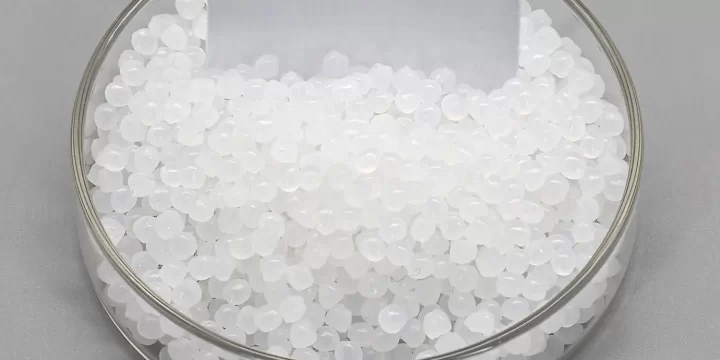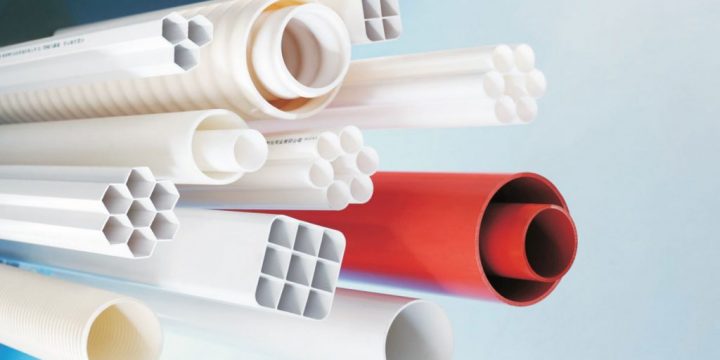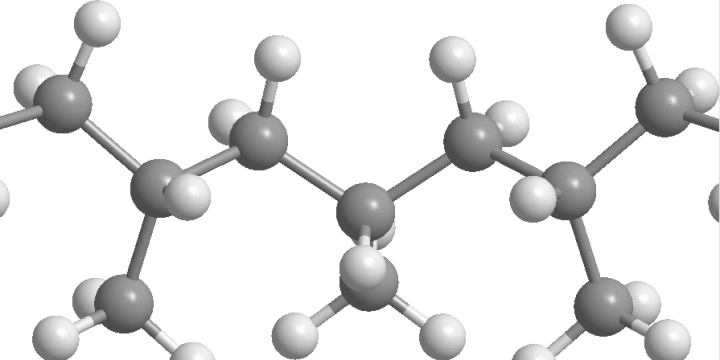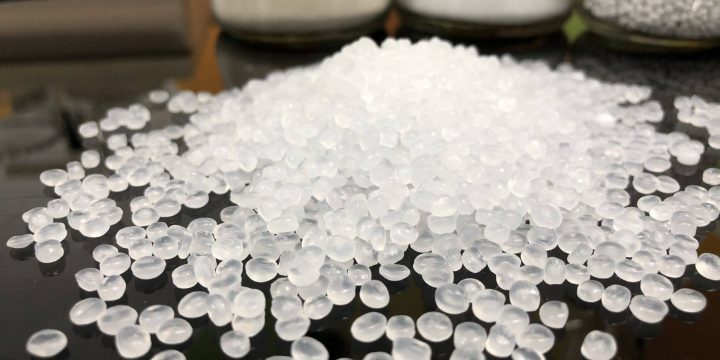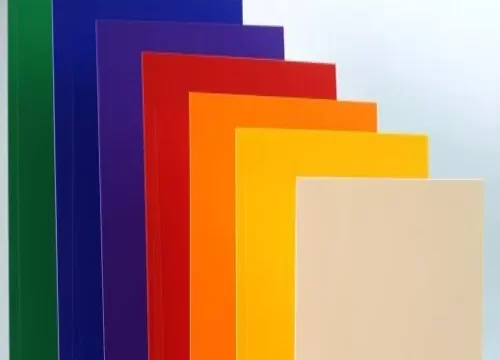
HIPS
What is HIPS? HIPS stands for High Impact Polystyrene. It is a versatile thermoplastic material that combines polystyrene with a rubber modifier to enhance its impact resistance and toughness. HIPS is widely used in various applications where both rigidity and impact resistance are desired. Here are some key characteristics and applications of HIPS: Impact Resistance: HIPS exhibits improved impact resistance compared to standard polystyrene. The addition of the rubber modifier enhances its ability to withstand sudden impact or shock without fracturing or breaking easily. Rigidity: While HIPS offers enhanced impact resistance, it retains the inherent rigidity of polystyrene. It maintains its shape and structural integrity under normal conditions. Processability: HIPS is relatively easy to process using common techniques such as injection molding, extrusion, and thermoforming. It can be molded…

